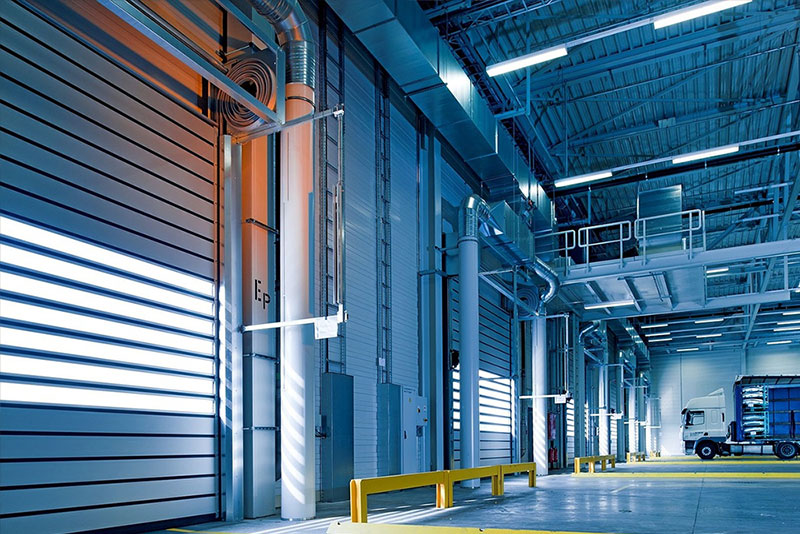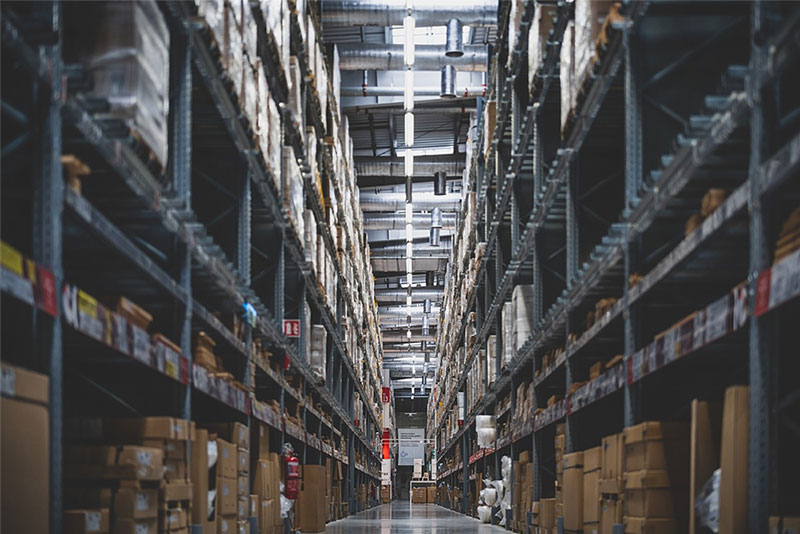Regular inspections of goods in a US overseas warehouse are crucial to maintaining quality standards and ensuring customer satisfaction. Whether you're managing a small inventory or overseeing a large-scale operation, following a structured inspection process is essential.

Here’s a comprehensive guide on how to conduct regular inspections of goods in a US overseas warehouse:
1. Establish a Checklist
Begin by creating a detailed checklist that outlines all the key points to inspect. This may include product quality, quantity, packaging integrity, and compliance with regulatory requirements. Having a checklist ensures that inspectors don’t overlook any critical aspects during inspections.
2. Train Inspectors

Ensure that your inspectors are well-trained in the specific requirements of the goods they will be inspecting. Training should cover quality standards, proper handling procedures, safety protocols, and any unique characteristics of the products.
3. Schedule Regular Inspections
Set up a schedule for regular inspections based on factors such as the type of goods, storage conditions, and turnover rate. Regularity in inspections helps in identifying issues early and prevents potential delays or customer dissatisfaction.
4. Use Technology
Utilize technology such as barcode scanning, RFID (Radio Frequency Identification), or inventory management software to streamline the inspection process. These tools can help in accurately tracking and documenting inspection results.
5. Document Inspection Findings
Document all inspection findings thoroughly. Include details such as inspection date, inspector’s name, observations, any corrective actions taken, and signatures where applicable. Proper documentation serves as a record of compliance and can be invaluable for audits or customer inquiries.
6. Implement Quality Control Measures
Integrate quality control measures into your warehouse operations. This may involve random sampling, batch testing, or quality assurance protocols to maintain consistency in product quality.
7. Communicate with Stakeholders
Ensure effective communication with stakeholders such as suppliers, logistics partners, and customers regarding inspection results and any necessary follow-up actions. Transparency builds trust and facilitates smoother operations.
8. Conduct Periodic Reviews
Periodically review your inspection processes to identify areas for improvement. Solicit feedback from inspectors and stakeholders to refine your procedures and adapt to changing business needs.
By following these steps, you can establish a robust system for conducting regular inspections of goods in a US overseas warehouse. Consistent and thorough inspections not only enhance operational efficiency but also uphold product quality and compliance standards.